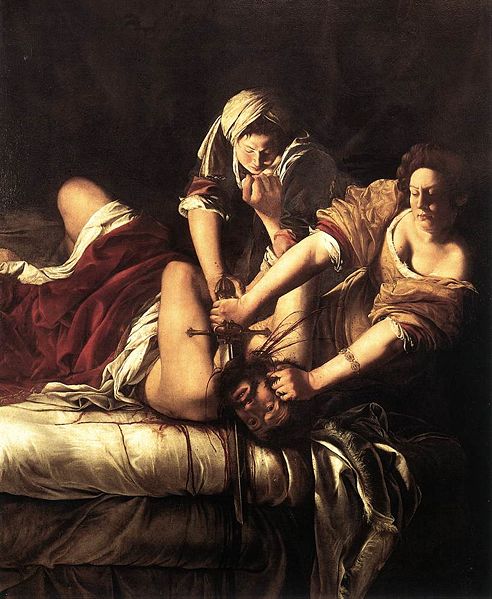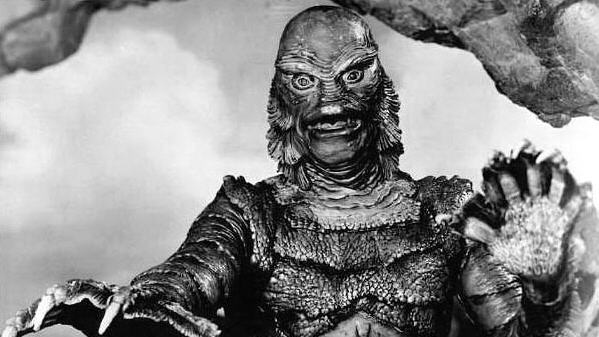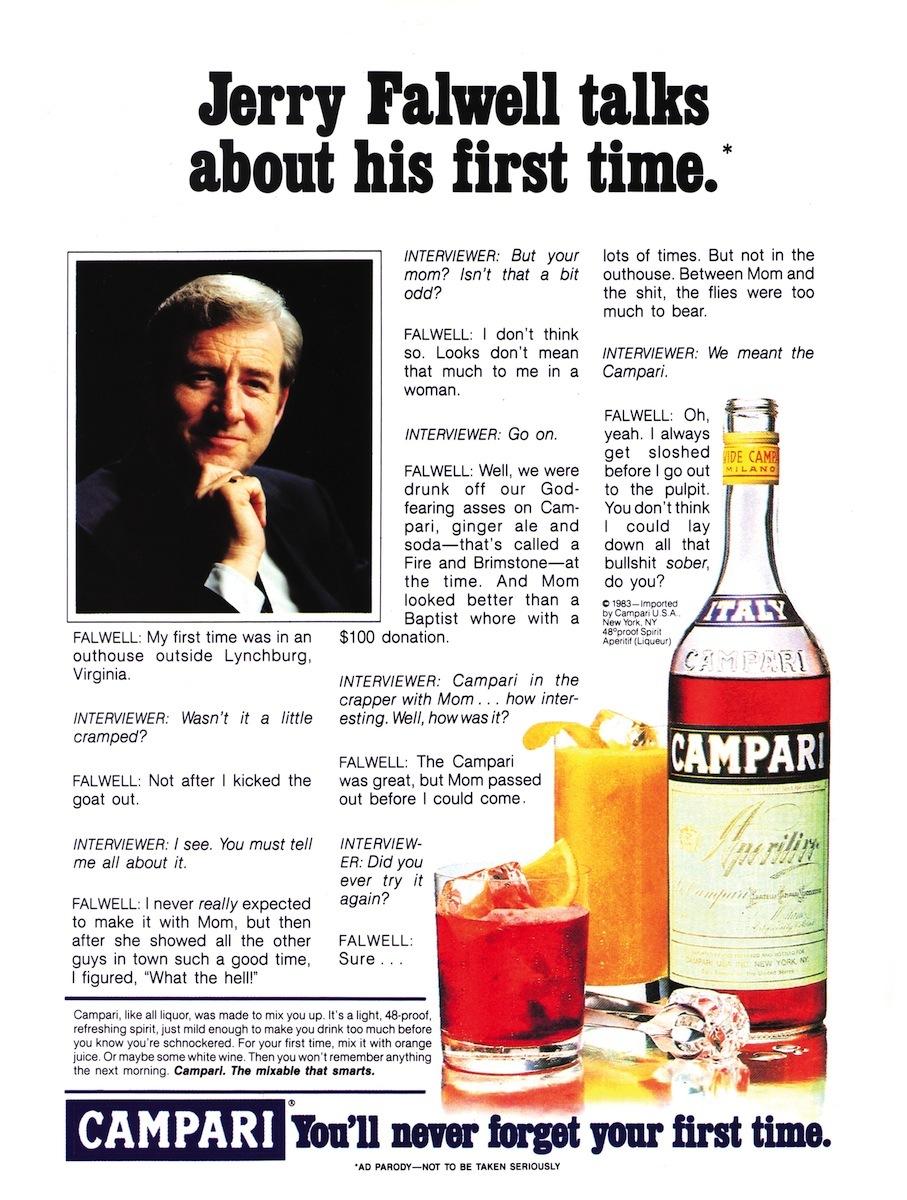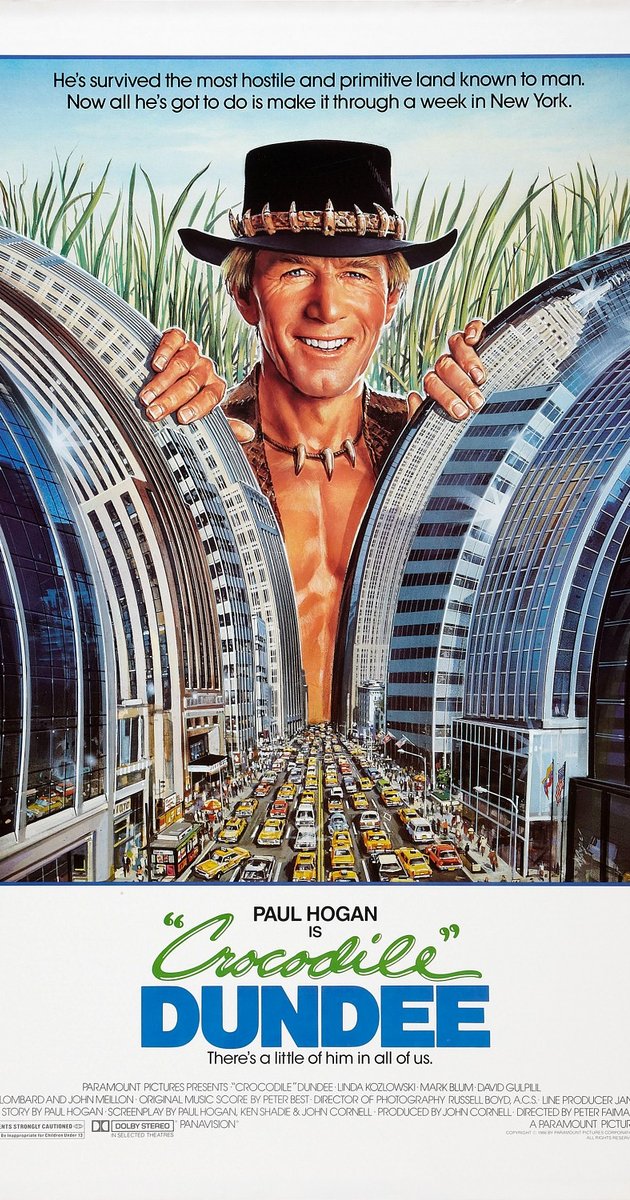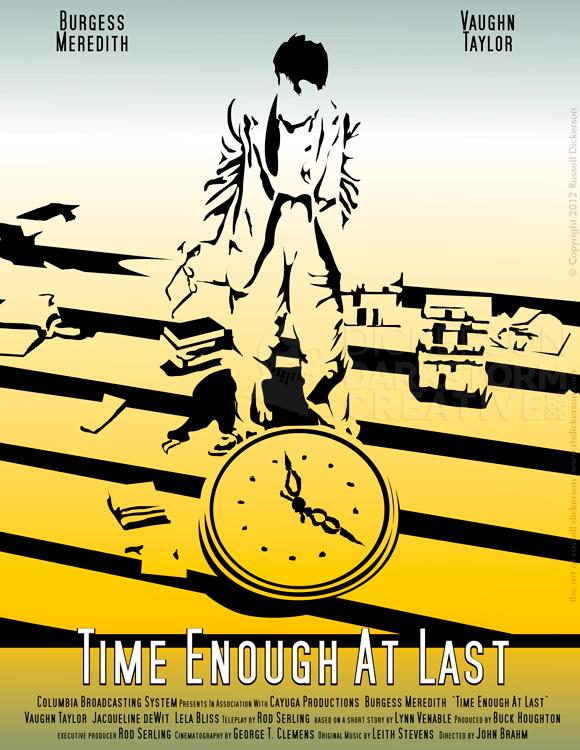I plan on using two big words today, and that’s two more than I’d use on a normal day. Of course, on a normal day most of my words just have the four letters in them, so it may not be that big of a stretch.
Here it goes anyway. The two words we’ll be talking about today are “Misogyny” and “schadenfreude”. See, I told you they were big words. They are also indicative of some serious issues in the world, some that have been around for centuries.
Now, just so that this old article of mine doesn’t go on forever (even though it will seem like it does), we’re going to really be talking about those two words as if they are combined. Since, really, they are very much the same devil.
First off, for those who are unwilling to click on over to the Merriam-Webster site (which I did just moments ago), here’s what we’re talking about. Misogyny is a hatred of women, and schadenfreude, which I’m heading back over to the Webster site right now to hear how it’s pronounced, is defined as the, “enjoyment obtained from the troubles of others”. For the sake of this article, those two really go hand in hand.
Let’s just call it, “misogenfreude”.
When I mentioned centuries, I wasn’t kidding. Take a look at this brilliant painting, done way back in the 1610’s:
I know it’s old and all, but after a lot of years as a horror artist I can safely say that fits quite firmly in the horror genre. Beheading? Most definitely.
It’s called Giuditta che decapita Oloferne, or Judith Beheading Holofernes. It’s from a very interesting time in art history, when artists like Caravaggio were really challenging the ideas behind art. It’s a beautiful piece, especially the fantastic lighting that’s used in it and the almost calm features on the women doing the murdering.
The artist is Artemisia Gentileschi, and she lived in a time where women weren’t often allowed to create in cultural activities, and were often shunned if they even tried to get into the arts. She was lucky in that her father, Orazio Gentileschi, was a popular painter at the time. She followed suit, and made a name for herself.
But her art was put aside for centuries, and it wasn’t until the later parts of the 20th century that her art was rediscovered. Still, even now, she doesn’t get full museum shows. Her peers, like Caravaggio and even her father, have had plenty. But not her. It would seem the art directors and critics of the current age are still keeping her away.
Even in modern creations, female artists and creators have been harshly treated. Take for example this image, which I’m betting 90% of you know:
You 10% that don’t know who that is? Come on, even people that haven’t seen the movie know who that is.
Sigh.
It’s the Creature From The Black Lagoon, a highly influential and popular monster from the 50’s monster movies. Originally, the creature’s design was meant to incorporate a sleek, feminine eel-like figure (keep that “feminine” part in mind), which did not have as many bumps and gills as the final version. The designer of the approved Gill-man was makeup artist Bud Westmore, whose brilliant design… influenced… wait…
It turns out that’s not true at all. The designer of the approved makeup, a design that was radically different from anything else at the time, was actually hidden and downplayed for fifty years by Westmore (and, I’m sure, others). The actual creator’s name was Millicent Patrick, not an unknown artist at all but a Disney animator. Being a Disney animator in the mid-20th century should get you instant respect from anyone.
Yet, Westmore hid the creator of the Creature’s design for fifty years? That’s misogyny and schadenfreude rolled up into a nice, fat douchey package.
As an artist, her design is what I look up to. Millicent, like the best of the monster creators, thought out everything that a real version of the Creature would need, and just took a bit of a twist on it. It’s been an iconic monster since its inception, influential on all manner of creatures in film since then.
Yet, for fifty years, no one knew that.
I don’t know why people look down on women artists, especially in horror. It’s as if they think women are too delicate maybe, or that they don’t understand horror. I think that it’s mystifying, how could anyone in their right mind not think that women can create horror just as well as men?
Obviously, those feelings have been around for centuries. But it’s high time, here in the 21st century, that we put those ideas to bed. Man, woman, alien, monster, it doesn’t matter, we’re all loaded up with the ability to create the things we want.
It shouldn’t matter that it’s a man or woman who created the things we love, but it many respects, sadly, some still think it matters. So I’ll challenge you right now to go support a female artist or two out there.
Maybe you buy a piece of their art, or put some money in on their Kickstarters. Maybe you just find their page on Facebook, and let them know how much you love their work. Those words of encouragement work like gold on the emotions, and sometimes it’s all you need to hear. Don’t align yourself with those who would keep such creative beauty hiding for years, even centuries.
Be the people that keep artists moving, regardless of what gender they might be.
Originally published by Apex Book Company, February 2013
